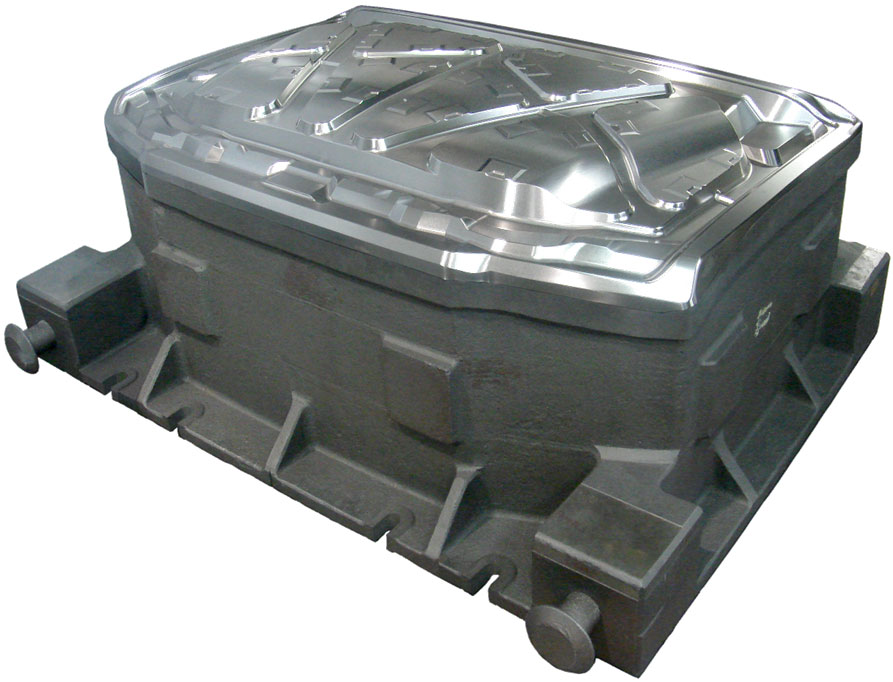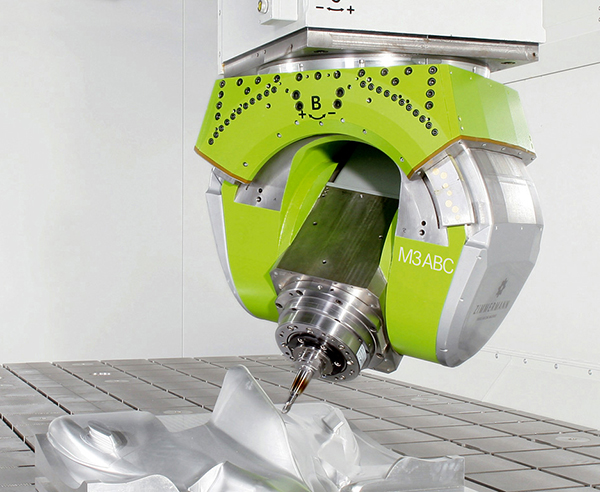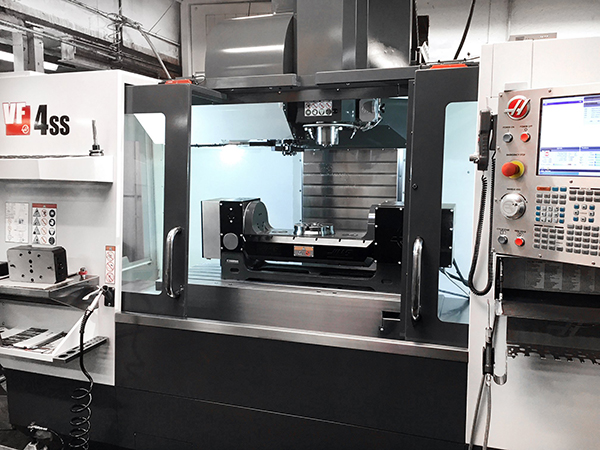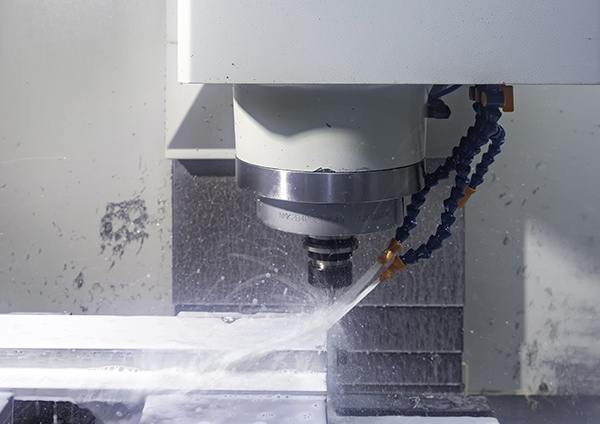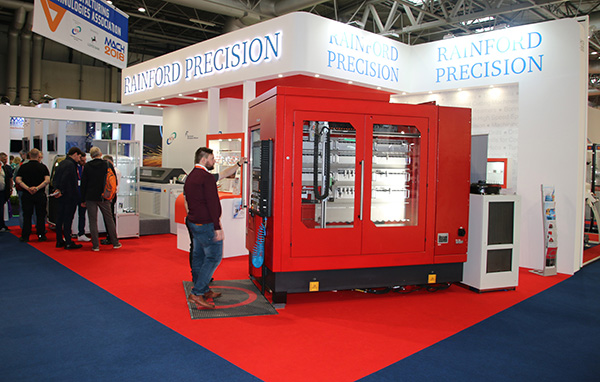Okuma, represented in the by NCMT, is releasing its MCR-S (Super) double-column machining centre, which is particularly suited to the machining of press dies. The machine also unites subtractive and additive manufacturing methods, allowing for process-intensive production.

MCR-S possesses a cast-iron double-column structure. Equipped with Okuma’s ‘Thermo-Friendly’ concept, any unnecessary heating-up can be prevented, while thermal deformations are compensated. When manufacturing press dies, this factor is especially important because the machining process can take days or even weeks, making it vulnerable to changes in temperature.
By using a swivel image sensor that rotates relative to the indexing angle of the tool, accurate measurements of cutting edge position can be provided, improving accuracy even further.
Okuma’s ‘Hyper-Surface’ premium solution eliminates the need for hand-finishing by creating die surfaces that are ready for use. Hyper-Surface improves surface quality by automatically detecting disturbances in the CAM-output machining data and correcting them on the CNC while maintaining the required shape accuracy.
The machine possesses a heavy-duty cutting capacity, reaching a chip removal rate of
710 cm3/min when face milling. Average continuous feed rates of 20 m/min for the X and Y axes, and 10 m/min for the Z axis, contribute to the machine’s productivity.
For process-intensive manufacturing, the machining centre is equipped with a laser that allows for additive manufacturing via laser metal deposition (LMD). This way, subtractive and additive manufacturing methods are combined in one machine, enabling manufactures to not only produce complex parts, but repair defective workpieces. The laser can also be used for surface treatments such as laser hardening.
For further information www.ncmt.co.uk






